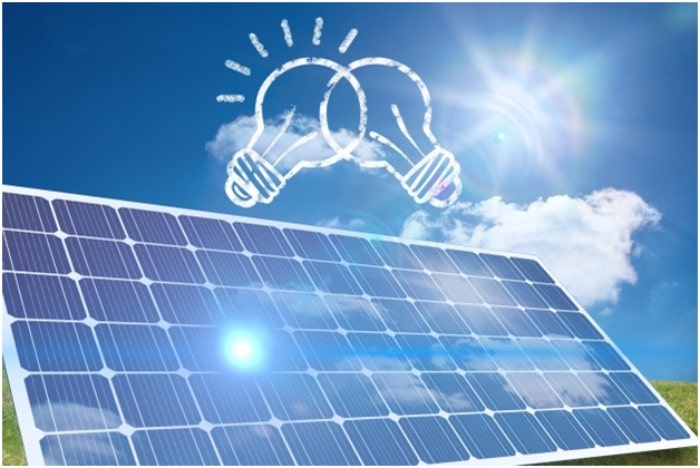
Today’s world is all about self sustainability. We’ve got little kitchen gardens where we grow our own herbs and maybe a few vegetables, rain water harvesting systems, etc. So, why shouldn’t we be able to generate our own electricity. Using a solar panel inverter is a great way to become independent of the main power grid. That’s not all, it’s also the best way to reduce our contribution to pollution. After all, solar energy is harnessed without any pollution while the most of the power supplied by the main power grid is generates by burning coal. So, what do you need to know about it?
There is an initial cost but there’s also long term savings
At the onset, setting up a solar power system can seem expensive. There are permits to be got, panels, inverters and batteries to be bought and installed and so on. There’s no denying it that this is a sizeable investment. But, it’s an investment that quickly pays for itself. Solar panels have no moving parts and hence require negligible maintenance and enjoy a long lifespan. As long as a choose an inverter and battery from reliable brands, they too should last you quite a few years. Thus, it is a one-time cost for at least a decade. Once you’ve got your system up and running, it will generate clean electricity every day of the year. Most homes generate more electricity than they use. As a result – you can run the air conditioner all summer long without worrying about the monthly electricity bills.
You don’t have to cut off from the main power grid completely.
There are two ways you can set up a solar panel inverter. You can choose a grid-connected system or an off-grid system. An off-grid system is one where you will be completely cut off from the main power grid. You will thus need high capacity batteries to store power for use at night and on cloudy days. It’s a little more expensive and if you don’t get sunlight for a few days at a stretch, you may be forced to ration your power.
A grid-connected system helps overcome these issues. In this case, your home will be powered by solar energy but will continue to remain connected to the main power grid. Most solar power systems generate the highest amounts of electricity during the afternoons but this is when energy consumption is usually the lowest. In times like this when you generate more electricity than needed, the excess power will be shared with the main grid. From here, it will be distributed to the nearby consumers. Since your home continues to stay connected to the main grid, you can draw power from here whenever needed.
Grid connected systems use a net meter. This is a bi-directional meter that runs backwards when power flows form your inverter to the main grid and forwards when you draw power from the grid. At the end of each month, you are billed according to your net usage. Thus, you get to enjoy the comforts of continuous electricity supply with a minimal bill. You don’t have to worry about seasonal difference and even if there’s no sunlight for days, your life can continue as normal.
You cannot DIY the solar panel installation
Solar panels generate electricity by harnessing energy from the sun rays that fall on it. While it sounds simple, it isn’t as simple as placing a solar panel on the ground and connecting it to an inverter. The panels need to be installed at a site where there is no risk of them falling under the shadow of a tree, billboard, building, etc. There’s also the angle of installation to be considered. Since the sun moves across the sky through the day, there is a particular angle the panels can get maximum exposure. This depends on the longitude and latitude of your location. Hence, it is something best left to the professionals. Further, by trying to install solar panels on your own, you may damage the piece and have to spend more getting it replaced.
The advantages of using a solar panel inverter are endless. You get to reduce your monthly outgoings and ear good karma for the planet. You also help reduce the load on the main power grid. By sharing your excess power with the grid, your inverter acts as a secondary source of electricity. Typically, a percentage of electricity is lost in transit. The electricity that flows from your inverter to the grid and then to your neighbors has to travel a considerably shorter distance than electricity from the main power generators. Hence, you are also helping indirectly reduce electricity wastage. From anywhere you look at it, using solar power is a win-win situation for everyone. So, don’t let doubts creep up, give it a serious thought today.
